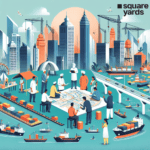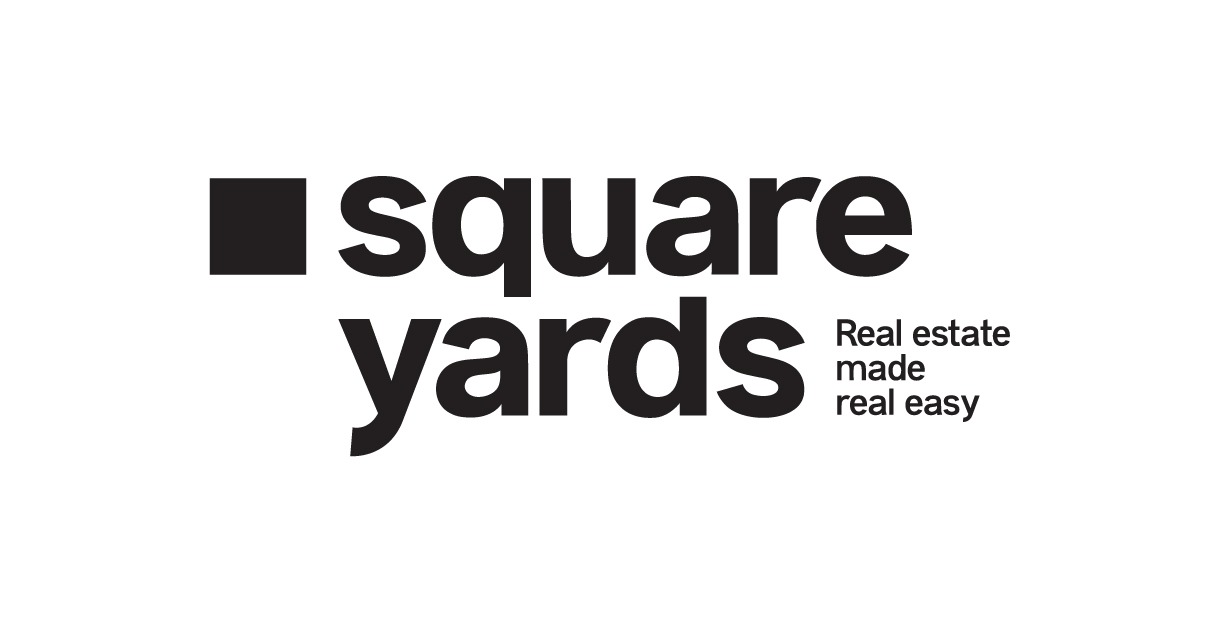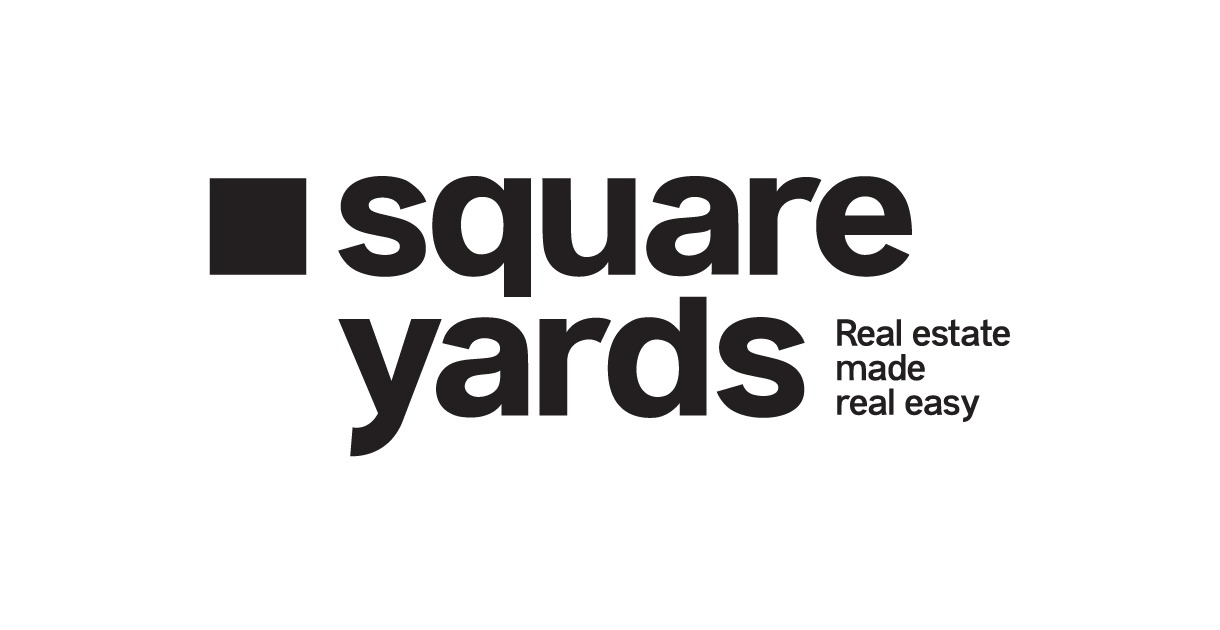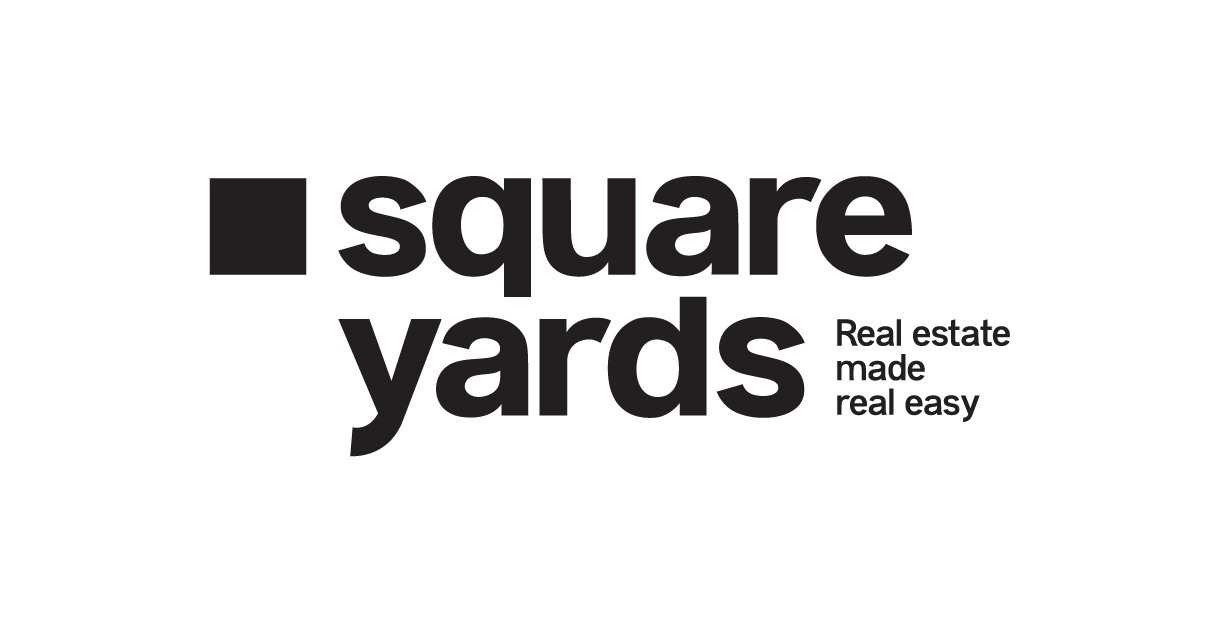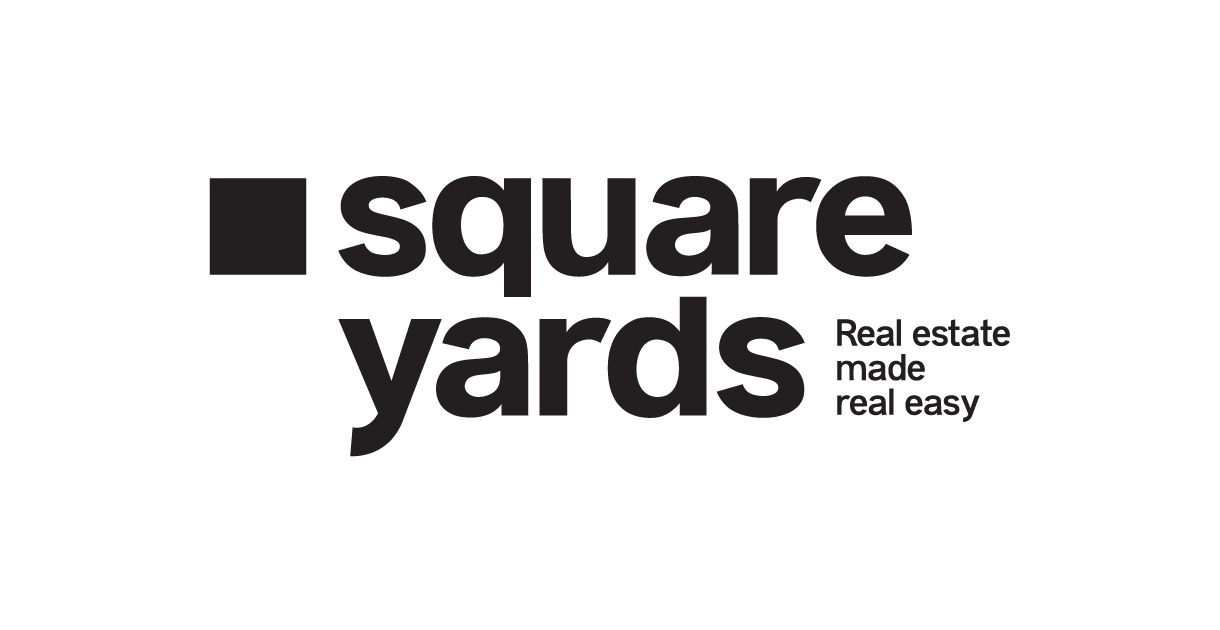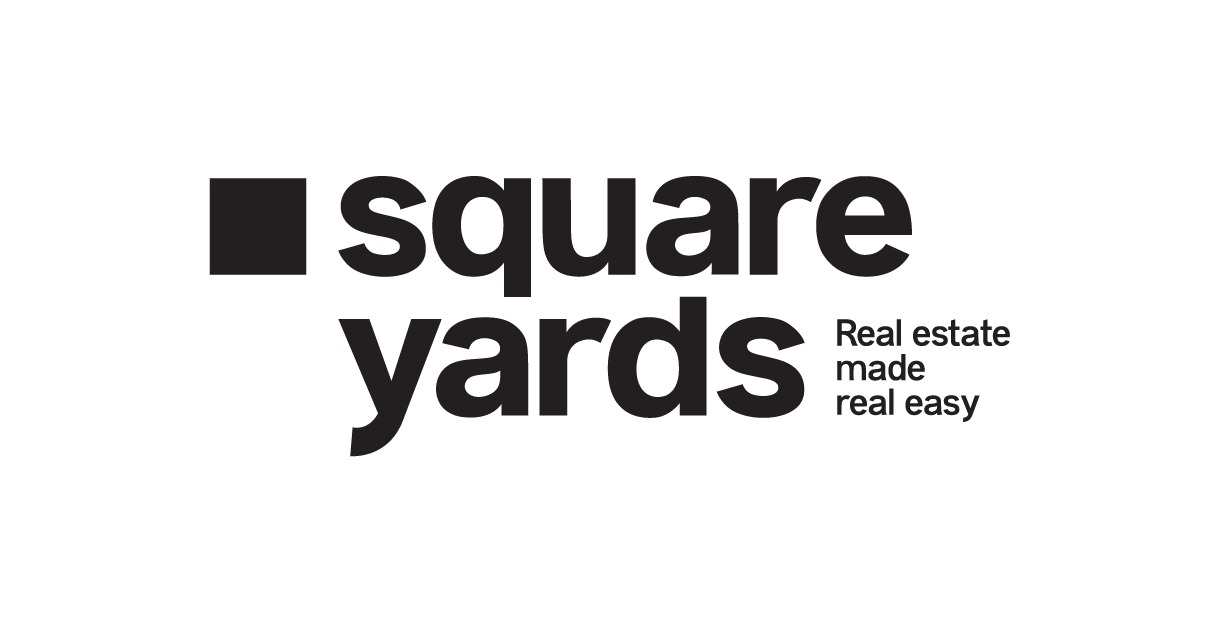Already shuffling through various new-age technologies, we have reached the epitome of understanding and implementing digitisation to almost everything. Organisations are holding onto the digital era vigorously, and with the pandemic hitting the world, digitisation touched the sky in the blink of an eye.
Making this shift from a holistic end to data storage with cloud computing technology being the central force, this change has been navigated optimally.
In today’s digital era, everything can be linked to cloud computing. The technology can be perceived as a medium to create hybrid IT solutions and a combination of cloud-based software products.
When it comes to storing data on cloud, the sky is the limit as cloud computing technology doesn’t “lose data, even in the stormiest of seas”.
Now that we have learned the basics of cloud computing, let’s dive into the technicalities of cloud computing, its trends, relevance, and what it brings to the table. Keep scrolling!
Table of Contents
- Cloud Computing: Changes the Way We Store Data
- Relevance of Cloud Computing in Today’s Digital Era
- Implementation of Cloud Computing Technologies
- Introducing the Concept of “Distributed Cloud Solution”
- Quantum Computing
- Adaptation to Serverless Computing
- Integrating Blockchain Technology
- Catalysing Artificial Intelligence
- The Future of Cloud Computing: Not So Blurry
- Market Infrastructure
- Prioritising Modular Software
- Internet of Things
- Edge Computing: New Cloud Technology
- Security
- Wrapping Up
- FAQs
Cloud Computing: Changes the Way We Store Data
“I don’t need a hard disk in my computer if I can get to the server faster… carrying around these non-connected computers is byzantine by comparison.”
– Steve Jobs, Late Chairman of Apple (1997)
As Steve Jobs says, it is pretty evident that cloud computing or cloud technology allows the user to access and store files, folders, software, or any sort of data program over the internet.
Not only does this technology eliminate the use of a hard drive, but it also provides the benefit of using multiple interconnected servers and mediums, including smartphones, tablets, computers and other wearable devices.
Quoting it as an “Internet-based model of computing” would be justified with the number of data storage opportunities that it comes with. This technology has the potential to share and regulate information, software and resources with other devices when needed.
This not only eases the procedure of storing and dispensing data but also allows the user to access these resources anytime and anywhere. This leaves the user on an optimistic radar of keeping data stored and benefiting from the services and applications of multiple computing resources.
Relevance of Cloud Computing in Today’s Digital Era
The word “cloud” is a transfigurative term for the online world that represents the functionality of technology: Storage.
It is almost fascinating how a server-built infrastructure pertaining to the internet can accumulate connections and stacks of information. Cloud computing is a technology that facilitates advanced storage and access to data and programs on the internet instead of your regular old hard drive.
Cloud computing technology works in various ways for all kinds of businesses and industrial sectors. Some opt for SaaS (Software as a Service) to subscribe to an application that assembles the virtual data over the web and keeps it stacked in one place. This technology is predominantly used for the complete digital presence or aggressive analysis of data.
Here are a few advantages of cloud computing technology that you can’t miss out:
- Cost-Effective: The technology helps with traditional cost-saving, and many organisations work their way through it.
- Flexibility: Businesses that rely on their on-the-go nature can gain multiple benefits from the cloud. The 24X7 disposal service is available via this technology. Similar technologies include Google and Dropbox.
- Environment Friendly: Big Data Centres in any firm need high-end infrastructure for cooling systems.
Implementation of Cloud Computing Technologies
Cloud computing has been showing significant growth over the years, opening a portal to novel opportunities for applications, services, platforms and jobs. The future of the technology beholds the on-site exposure and an amalgamation of software products that might help create IT solutions that are hybrid in nature.
Along with data processing and organising, the technology is extensible and flexible to take over the data centre. The technology is viable to provide computing services for network systems, applications, storage and IT structure on demand.
Without further ado, let’s see what cloud computing technology has in store for us.
Introducing the Concept of “Distributed Cloud Solution”
The distributed cloud solution talks about public cloud services that can help optimise performance and pliability by issuing public cloud services to various locations.
These services can be dispensed on allocated locations and various third-party data centres. The maintenance and management of the cloud come under the umbrella of the original public cloud provider.
This alleviates the risk of failure and optimises the distributed cloud solutions, developing more hybrid solutions with definitive networks and easier consent to regulations.
Quantum Computing
This method talks about a high level of computing that caters to optimising computer technology on the basis of “quantum theory”. This particular typology of computing would help analyse, categorise, and organise cloud data.
Adaptation to Serverless Computing
This technology is proportionately a new cloud computing offering, which comes with an optimistic growth graph of 25%. This technology caters to software developers who are no longer burdened with managing and maintaining network servers. All the resources are allotted by the cloud service provider in this particular technology.
Interaction with a serverless interface can be more beneficial for developers because it gives them the freedom to focus on UI and UX instead of IT infrastructure.
With the growing adaptability to this technology, we will witness more tools catering to developer collaborations, helping out the front-end teams.
Integrating Blockchain Technology
Blockchain technology can help record and track the journey of a product by gauging through all its stages in order to optimise the delivery. Merging this technology with cloud technology would only help businesses get a better understanding of the product’s delivery time. With some organisations already using this technology, it will continue to hold ground in the future as well.
Catalysing Artificial Intelligence
Artificial Intelligence has started to take hold in the industry of technology, and it aims to automate tedious tasks, covering a wide range of technologies, including location services, chatbots and digital assistants.
Not only is the IT industry optimistic about the growth of AI, quoting a growth of $300 billion by 2024, but it is also focused on making it more relevant in the coming future. With streamlining business processes and manual workload, Artificial Intelligence would take the steering wheel after all!
This increased use of AI in data analysis might help organisations get a better understanding of their services and products, streamlining workflows and indulging in activities like budget forecasting, payroll management and concession.
The Future of Cloud Computing: Not So Blurry
The effects of COVID-19 will linger throughout 2021, as businesses will look for laying a foundation to increase agility”.
– Dustin Milberg, Field Chief Technology Officer for Cloud Services, InterVision
The technology that held the economy, market supply chains, and workforces from all around the world during the COVID-19 crisis is expected to be an optimistic pin for organisations. These companies look for confident scales, cost efficiency and business workflow, all of which are offered by cloud computing.
Cloud computing has the power to do many things, and changing the way we store our digital data is one of them.
Market Infrastructure
After the pandemic hit the world, the CAGR (Compound Annual Growth Rate) of the global cloud computing market has reached 17.5%. With some noticeable growth, the technology comes with a promising demand, for sure.
According to the recent reports, SaaS (Software as Service) would be the largest market industry segment for cloud IT spending and is anticipated to grow optimistically by 16% ($117.8 billion). The PaaS (Application infrastructure Services) is anticipated to grow around $55.5 billion (growth by 26.6%)
Prioritising Modular Software
With the increased usage and complexities, it is no wonder that cloud technology might soon need some advances in system thinking and processing.
There are various angles and perspectives to look at cloud technology in the future because the applications won’t be just subjected to cloud storage. This application will be stored on different modules and various servers of different cloud services.
This, in turn, can also lead to cost-effectiveness in software development by placing components of the program in organised storage formats.
Internet of Things
Talking about Data Analytics in real-time and cloud computing, the internet of things is one of the leading technologies that would come to our minds. Leading the way with recurring innovations, there is machine learning and communication, process optimisation and data. All of this can be achieved through cloud computing.
Edge Computing: New Cloud Technology
Content delivery networks and data centre colocation vendors are coming up with edge computing services across multiple local points of presence.
According to experts, while the centralised cloud technology is not going anywhere, serverless computing models and distributed service layers are coming through real-time IT applications.
Over the next three years, the buyers would be willing to shift their strategies towards the edge in order to initiate connection and capture innovation.
Security
The small organisations that provide cloud services may or may not cater to providing complete security to the data. Hence, it is no question that the data stored in the cloud is not completely secure.
With Cloud technology, we can turn to better security and prevent cyberattacks.
Wrapping Up
Cloud computing is such a robust technology that it seems that it can even withstand and protect data at the face of an apocalypse. Pulling many small and growing business models, this technology offers advanced access that was previously not in sight.
Embracing such data-driven models, along with global supply chains and environments, cloud computing is on the track of being an essential prototype to grow with.
Along with catering to hybrid IT solutions, this technology allows the user to access and store files, folders, software, or any sort of data program over the internet.
FAQs
What are the main Cloud Technologies?
There are three main cloud computing technologies, including infrastructure as a service, software as a service and platform as a service.
What is AWS used for?
As the leading cloud computing platform, AWS (Amazon Web Services) is a profit initiator for amazon. It provides networking, storage, email, mobile development, security, servers, and remote computing.
What is compute power in the cloud?
It mainly describes the objects related to software computation and concepts. This term is used to address memory, networking, storage, and processing power.























